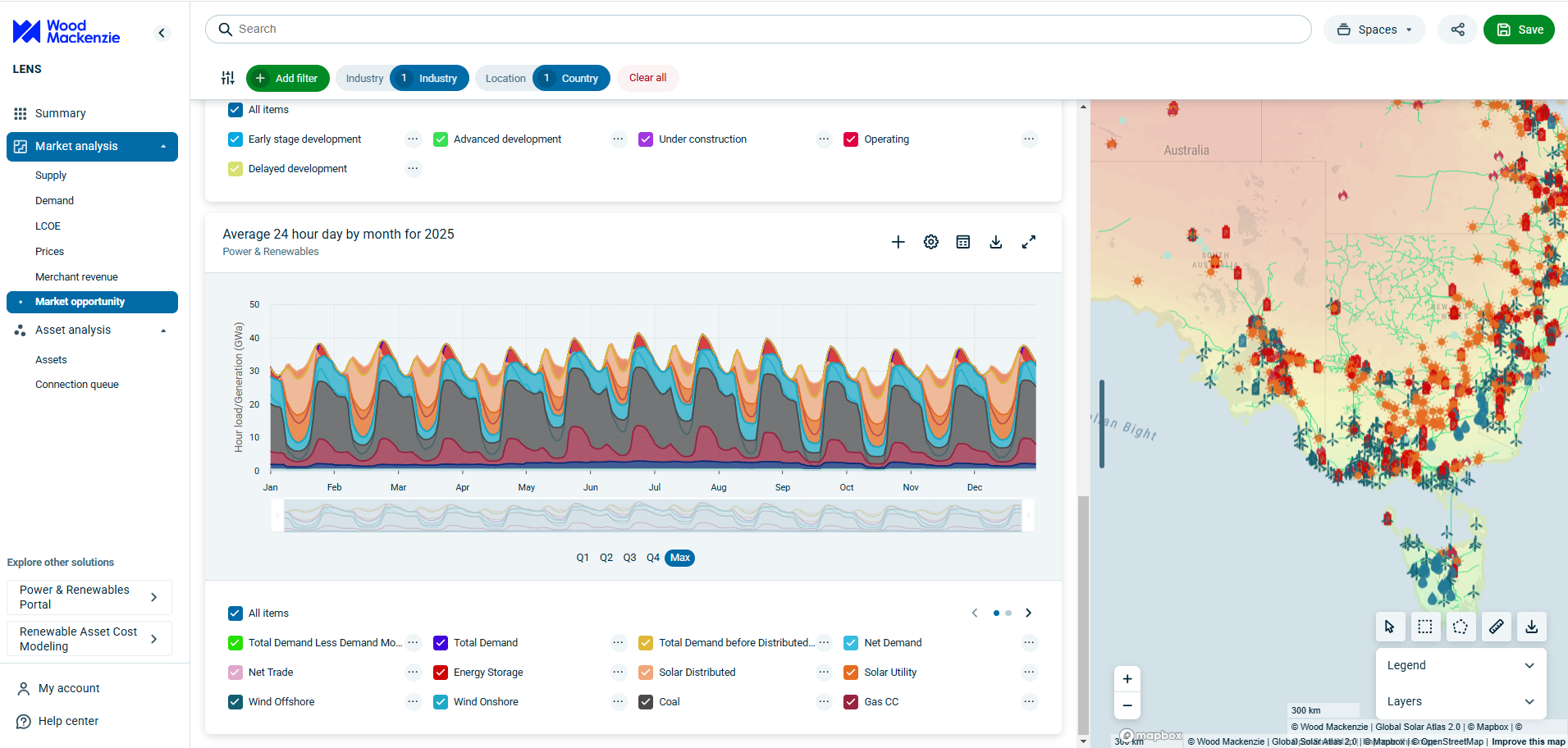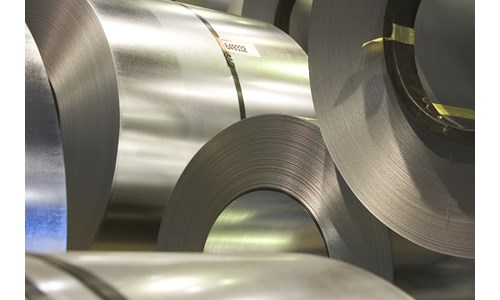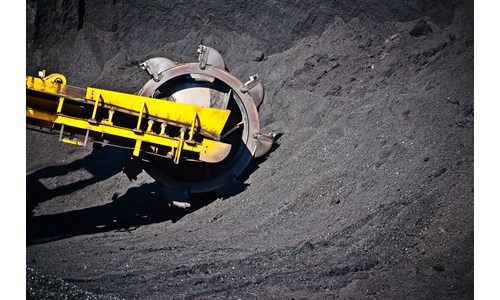Mending fractures: a technical update on tight oil completions
*Please note that this report only includes an Excel data file if this is indicated in "What's included" below
Report summary
Table of contents
- Parent-child interaction
- Frac hit mitigation strategies
- Customized completion design
- Reservoir and fracture modelling
- Responding to the data
- Appendix: asymmetric propagation illustrated
Tables and charts
This report includes the following images and tables:
- In the Delaware Basin, EOG's Lea county Wolfcamp A program shows the effects of maturing acreage. Productivity decreased from 2016 to 2018, typically with 400 to 600 foot well spacing.
- Characterisations of fracture interactions
- Water volume dominates fracture surface area creation, but only part of the induced fracture is propped open. Enhanced matrix and stress extend farther into the formation.
- Depletion from producing wells attracts child well completions. The resulting asymmetric fractures overlap stimulated rock volume near the parent, leaving a non-productive area on the opposite side.
What's included
This report contains:
Other reports you may be interested in
US upstream week in brief: Q4 2024 archive
The US week in brief highlights the need-to-know current events from US upstream. Stories are supplemented with proprietary Woodmac views.
$1,350Global Upstream Update: our favourite slides and topics – September 2024
Key themes: regulatory uncertainties; supply chain pressures; low carbon initiatives
$1,350US upstream week in brief: Q2 2024 archive
The US week in brief highlights the need-to-know current events from US upstream. Stories are supplemented with proprietary Woodmac views.
$1,350














